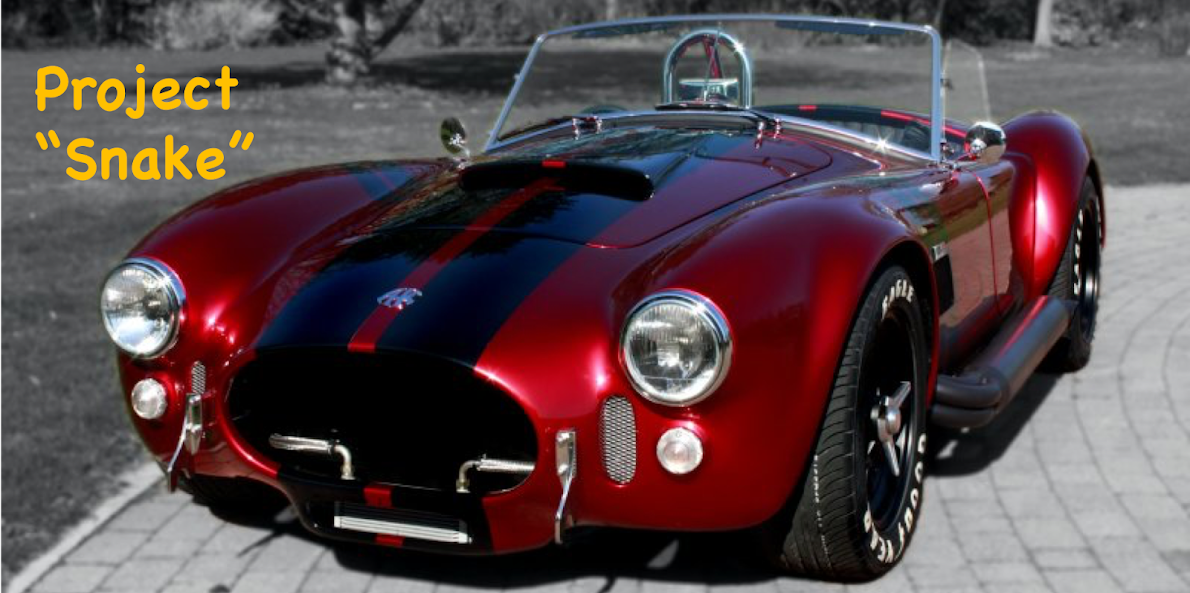The final major part of installing the engine and gearbox was to install the propshaft to connect the gearbox to the differential.
Most other builders have used Bailey Morris in St Neots, Cambridgeshire, to manufacture their custom units, and for once I decided to follow the herd.
I downloaded the order form from the Bailey Morris website, completed as many details as I could and emailed the form back with some photos to request a quote. The guys at Bailey Morris had a couple of further questions for me and asked me to double-check the PCD measurement for the differential flange as clearly the original details I gave them were not something they were expecting (they were correct and when I measured it again I got a completely different answer - but one that did match the expectations of the experts!).
That done, they gave me a quote which I accepted, and all I had to do then was send my transmission yoke off to Bailey Morris so that they could attach it to one end of the propshaft. I had a confirmation email that my yoke had arrived on Monday and I was amazed to have a new propshaft delivered to my door on the Friday of the same week!
 |
| Candidate for the world's shortest propshaft? |
While I knew the propshaft was going to be short, when I unboxed it, it was even shorter than I imagined! It looked like something that would be more at home between the Rover V8 and the Jag IRS of the Mighty Mouse Fiat 500 that was a regular at Santa Pod in the late 80s early 90s...
Of course installation of the propshaft, as with everything on this build, was anything but easy.
Before installation, I greased up the UJs with a lithium-based grease, as per Bailey Morris's instructions, until grease was squeezing out of all the seals on the UJ spiders.
I then slid the transmission yoke fully into the gearbox and tried to get the other end over the locating pin that was protruding from the centre of my differential input flange. The guys at Bailey Morris did suggest I might have to just cut the end of this pin down slightly to get the prop in. However, all seemed good, and I could get just get the flange on the propshaft over the end of the pin. But no further, unfortunately...
 |
| 20mm diameter locating pin on differential input flange |
So, not for the last time, I removed the propshaft and proceeded to sand all the paint off the locating pin with some emery paper. This allowed the pin to seat slightly further into the flange when I reassembled the unit, but I still couldn't get the flange to slide very far onto the pin.
I had to resort to some gentle fettling of the hole in the propshaft flange with a grinding stone in my die grinder to just try and open the hole up fractionally to allow the pin to slide fully home. This took a few attempts as I didn't want to open it up too much and make the fit too loose, but finally, I managed to get the flange to fully seat onto the pin and the differential input flange.
 |
| Propshaft in place |
Then it was just a simple matter of getting the fixing bolts in place...








